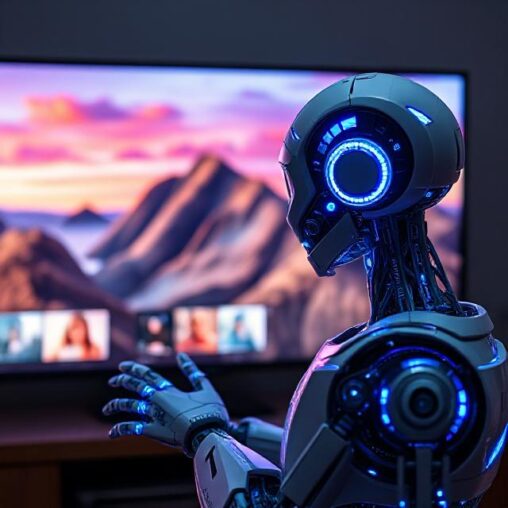What Is Unsupervised Learning?
Unsupervised learning is a type of machine learning where the algorithm learns without labeled data. Unlike supervised learning (with teacher‑provided answers), here the computer explores patterns and groups in the data by itself .
🧒 Baby‑Style Analogy: Sorting Toys on Your Own
Imagine you’re a child with a big box of toys. You don’t know any toy names—no one tells you “this is a car” or “that’s a doll.”
You begin to sort on your own: vehicles here, soft toys there, round toys over there. That’s the essence of unsupervised learning: grouping things without guidance .
⚙️ Main Technique: Clustering
- The computer looks at data and asks: “What is similar?”
- It places items into clusters — groups based on shared features like shape, color, behavior, or usage.
- No labels, no training; the machine just discovers structure in the data .
🛠️ How It Works Step by Step
- Gather unlabeled data — like a dataset of customer purchases, song snippets, or sensor readings.
- Run a clustering algorithm — such as k‑means, hierarchical clustering, or DBSCAN.
- The algorithm groups similar data points into clusters.
- Use clusters to inform decisions, such as grouping customers or spotting anomalies (Studocu).
🌍 Real‑World Examples
| Use Case | What Happens |
|---|---|
| Customer Segmentation | Groups shoppers into types (e.g., bargain seekers vs. loyal fans) |
| Fraud Detection | Finds odd patterns in transaction data |
| Recommendation Systems | Suggests movies, songs, or products based on similarity |
| Document Organization | Automatically clusters news articles or emails into topics |
These examples all rely on the computer not being told labels, yet still finding useful groupings.
✅ Why Use Unsupervised Learning?
- No labeled data required — easier to apply when labeling is expensive.
- Exploratory insights — reveals patterns not previously known.
- Scalable — works on large datasets where manual labeling is impractical
📌 In Summary
Unsupervised learning is like letting a child play with toys and sort them however feels right—only the computer does the sorting. It doesn’t need answers. It finds patterns and groups things in unlabeled data. That’s why it’s useful in clustering, anomaly detection, and recommendations.
By letting the data speak for itself, unsupervised learning helps find hidden structure and new insights — all without a teacher.

